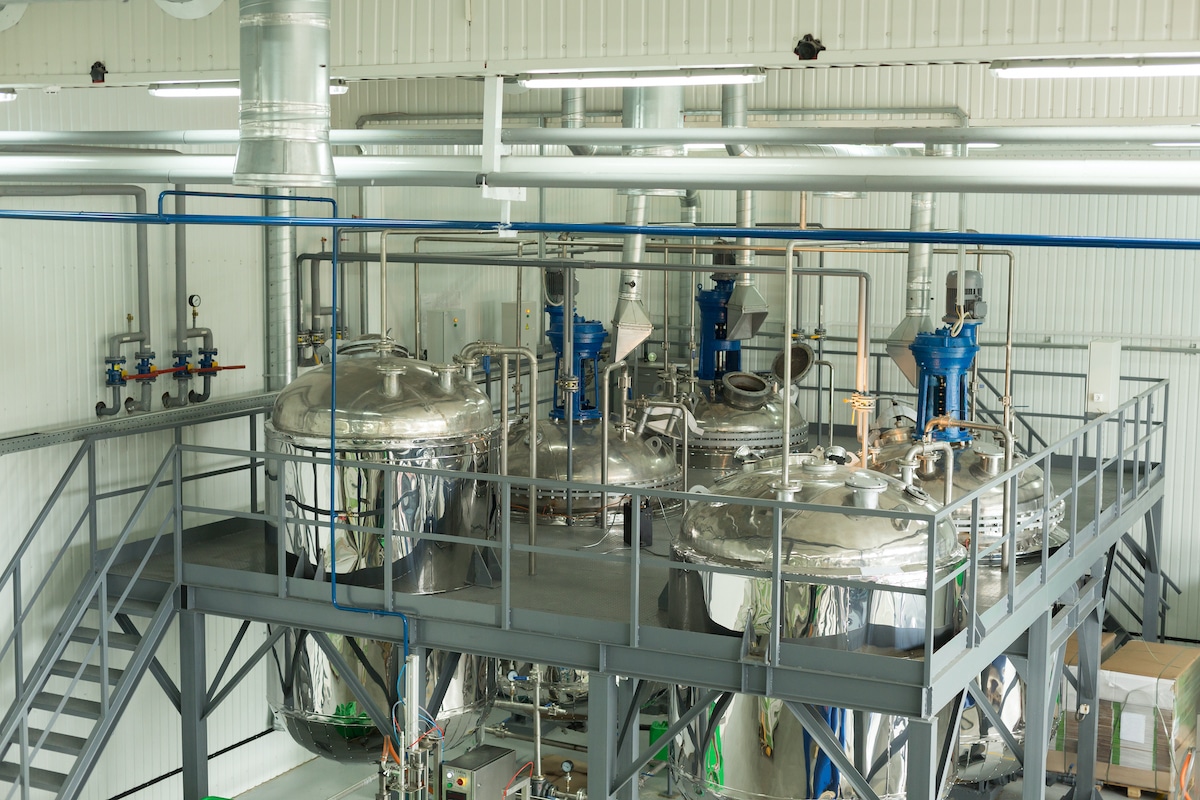Key Takeaways
- Understanding fluid mixing provides insights into efficient industrial operations.
- Various techniques enhance the mixing process, which is critical for ensuring homogeneity.
- Industrial sectors rely heavily on precise fluid blending to maintain product quality.
Table of Contents
- Introduction to Fluid Mixing
- The Importance of Homogeneity
- Common Industrial Mixing Techniques
- The Role of Technology in Modern Mixing
- Challenges in Fluid Mixing
- Environmental Considerations
- Conclusion
Introduction to Fluid Mixing
Fluid mixing, an essential process in industrial applications, ensures products meet desired standards. Industries range from pharmaceuticals, where precise chemical reactions are vital, to food production, which requires consistent texture and taste. The scope of fluid mixing extends from blending liquids to combining liquids with solids, each demanding specific techniques to achieve high-quality outputs. Mastery of these processes allows industries to produce superior products and maximize efficiency, leading to better consumer satisfaction and economic gains.
The Importance of Homogeneity
Homogeneity cannot be overstated in industrial processes. It is the cornerstone of quality and consistency. For instance, in the pharmaceutical industry, ensuring that active ingredients are evenly distributed within a medication can determine its efficacy and safety. Similarly, in the food industry, the flavor and texture depend on the uniformity of ingredients. A fluidizer can achieve this uniformity by improving the flow and mixing of powders or granular materials, preventing clumping and inconsistencies. The challenge lies in understanding the components’ physical and chemical characteristics and adjusting processes to guarantee a consistent mix.
Achieving homogeneity affects the final product, streamlines processes, reduces waste, and can significantly lower costs. This approach underscores the importance of understanding fluid dynamics and mixing techniques in manufacturing and production.
Common Industrial Mixing Techniques
Industries utilize various mixing techniques to achieve optimal results. Techniques like turbulent flow, which is chaotic and unsteady, are beneficial for certain mixtures. Conversely, laminar flow, characterized by smooth and stable flows, is used for delicate mixes. Both require a deep understanding of fluid dynamics to be applied effectively. The equipment used, such as agitators, fluidizers, and mixers, plays a crucial role in these processes. Fluid dynamics principles help industries apply these technologies efficiently, fostering energy savings and cost reductions.
The Role of Technology in Modern Mixing
Technological advances have vastly improved the capabilities of fluid mixing processes. With automation, industries can precisely control mixing parameters, ensuring efficiency and quality in every batch. Technologies such as sensors and real-time data monitoring systems provide valuable insights that help avoid typical issues like overmixing or undermixing. This technological leverage allows for adaptability in changing conditions and variation in input materials, offering superior control and consistency.
Challenges in Fluid Mixing
Despite its well-defined role, fluid mixing presents several challenges. These include managing various material properties like viscosity, density, and temperature—variables that can significantly hinder mixing efficiency and product quality. Addressing these challenges requires innovative solutions involving equipment improvements and process management enhancements. Solutions can be as simple as adjusting mixing speeds or as complex as integrating new mixing technologies, which can greatly influence the efficacy of the mixing operation.
Environmental Considerations
The environmental impact of industrial processes is increasingly a focus across sectors. Mixing processes, while essential, can be resource-intensive and impactful if not managed properly. Sustainable practices, such as adopting energy-efficient systems and collaborative efforts to reduce emissions and waste, are becoming more prevalent. By embracing eco-friendly technologies, industries can mitigate their environmental footprint, contributing to overall sustainability and compliance with environmental regulations.
Conclusion
In essence, fluid mixing is an indispensable component of numerous industrial operations, pivotal to maintaining product quality and process efficiency. As industries evolve, adopting advanced mixing technologies and environmentally sustainable practices will be integral in meeting the demands of tomorrow. With ongoing research and development, the landscape of fluid mixing continues to expand, offering exciting possibilities for improved performance and sustainability in industrial processes.










